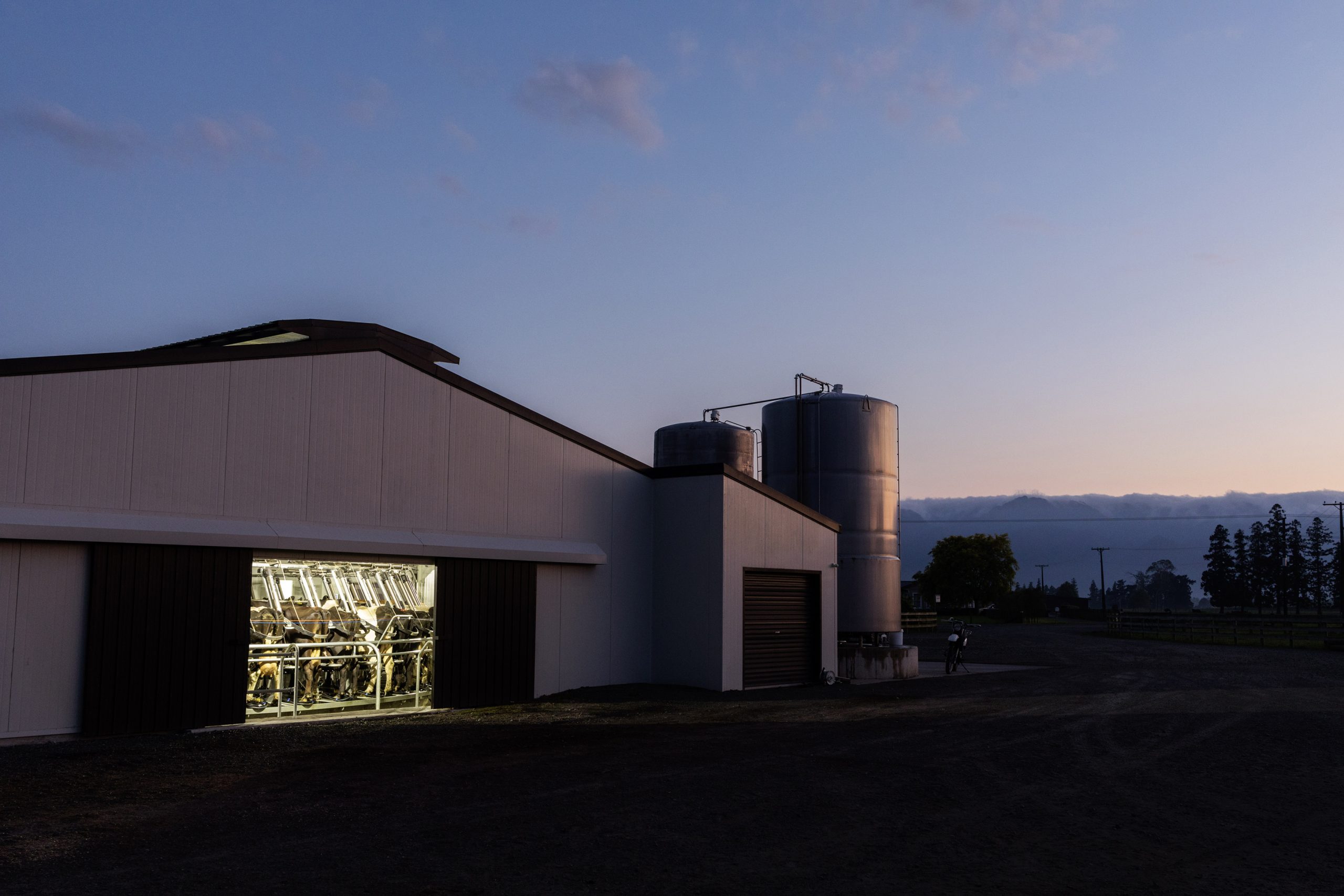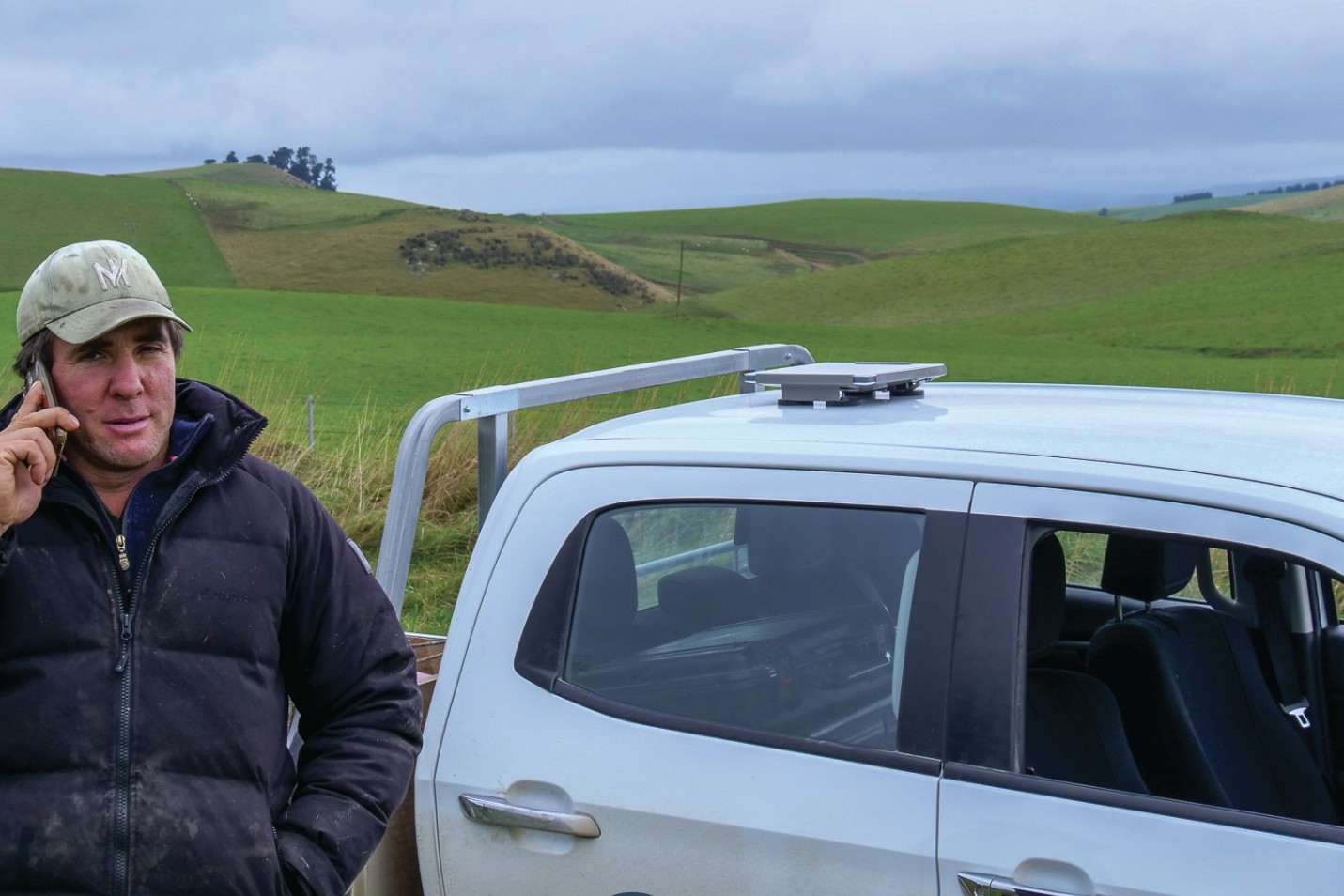Exploring options for land use changes
The Whitiwhiti Ora: Land Use Opportunities research project brought farmers and researchers together in Canterbury’s Waimakariri catchment to assess potential farmland diversification use. Mixed arable operation, Taggart Farms, was one of three case studies, with options identified including carbon, edible fungi and hops. Words Rebecca Greaves.

Diversification is not a new concept for the Taggart family, who have adapted their farming system significantly over the years. Roscoe Taggart and his father, Murray, often throw around ideas about how they could diversify their business further.
Roscoe, his parents, wife and three kids live on Taggart Farms. Roscoe has been running the farm for five years, taking over the job from his dad, who took over from his father, who bought the farm in 1958. Taggarts has been a predominantly arable farm since about 2014. A third of the farm is in wheat, a third in ryegrass and white clover and the final third in vegetable seeds and forage crops. They also run around 4000 store lambs, depending on the season.
The Taggarts take the balance between profitability and sustainability seriously, with efficiency key, as they would like their young children to have the option to continue on the farm, if they wish. “It wasn’t until I had kids that I really realised, you are doing this for a reason, for the next generation, not just for yourself. I want them to have the same opportunity I did,” Roscoe says.
While he likes to think outside the box and previous ideas explored include berry fruits and agritourism, he had not previously considered any of the options put forward in the case study.
“Dad and I always have conversations, but a lot of options involve significant capital cost upfront to get underway. Having doubled the size of the farm in the last seven years we haven’t been in a position to throw any cash at it, yet.”
The case study had the Taggarts looking at diversifying into carbon farming combined with the introduction of edible fungi and hops. In addition, the case study looked at decreasing lamb numbers from 4000 to about 2300. These actions would decrease N-loss by 5% by 2030 and 10% by 2040.
 Working with a commercial forestry consultant, the farm investigated options for potential plantings that would maximise return on about 18 hectares of the farm, including planting hardwoods that would be entered into the Emissions Trading Scheme (ETS) and also host edible fungi.
Working with a commercial forestry consultant, the farm investigated options for potential plantings that would maximise return on about 18 hectares of the farm, including planting hardwoods that would be entered into the Emissions Trading Scheme (ETS) and also host edible fungi.
They also looked into production forestry revenue, particularly around eucalyptus production, which could be entered into the ETS and potentially used as a biofuel or post material crop using coppicing. A stream runs through the farm, so the farm also examined riparian planting of 4.7ha in indigenous forestry. Alongside fungi, the arable farm also looked into other new forage crops.
The farmers also investigated whether planting hops would be an option. Modelling for the hop bines saw a maximum debt of $7.8 million (in year one) and the farm breaking even in year seven. By year 15, the internal rate of return was 14.4%.
“I like plants and their physiology, the way they grow. That’s why I like the idea of hops, it’s aligned with what we do, being arable farmers.”
At the labour demand peak in March, 25 full time pickers would be required.
Due to the considerable offsite processing needs required, the farm would need to investigate working with a hop collective in a different region. “Right now is not the time to take risks, but the information that was gathered was exciting, especially the hops. We could do most of the hop primary production ourselves and it would fit with the quieter times on the farm. So, once interest rates come down, we are hoping to set up a few bines as a trial with a few different cultivars and see how far we can go,” Roscoe says.
“My wife and I like the idea and feel there is potential for hops, with the craft beer market and also medicines, and we have most of the infrastructure, like a drying shed. We could do it relatively low-cost but we’ll have a play – it’s a pipe dream at the moment.”
For diversification to be successful, Roscoe says he believes it’s important to have an interest in it. “I like plants and their physiology, the way they grow. That’s why I like the idea of hops, it’s aligned with what we do, being arable farmers.”
About the research project
The Whitiwhiti Ora: Land Use Opportunities research project brought farmers and researchers together in Canterbury’s Waimakariri catchment, to assess potential farmland diversification use. Waimakariri is a nitrogen over-allocated catchment, with irrigation pressures, and is vulnerable to both drought and flooding, which may increase in the future. It has a strong catchment group trusted by local farmers.
The focus was mostly on diversification options that would reduce nitrogen leaching to improve water quality, but also considered other contaminants, economic resilience, greenhouse gases, and the need to adapt to a changing climate.
Workshops with farmers, industry experts, and researchers ran in tandem with the development of the Data Supermarket, which aims to make this process more accessible for others in the future. All the diversification options considered had to be economically viable, acceptable to farmers, and of course possible for the soil and climate. The focus was on diversification over time rather than wholesale land use change.
Visit landuseopportunities.nz




